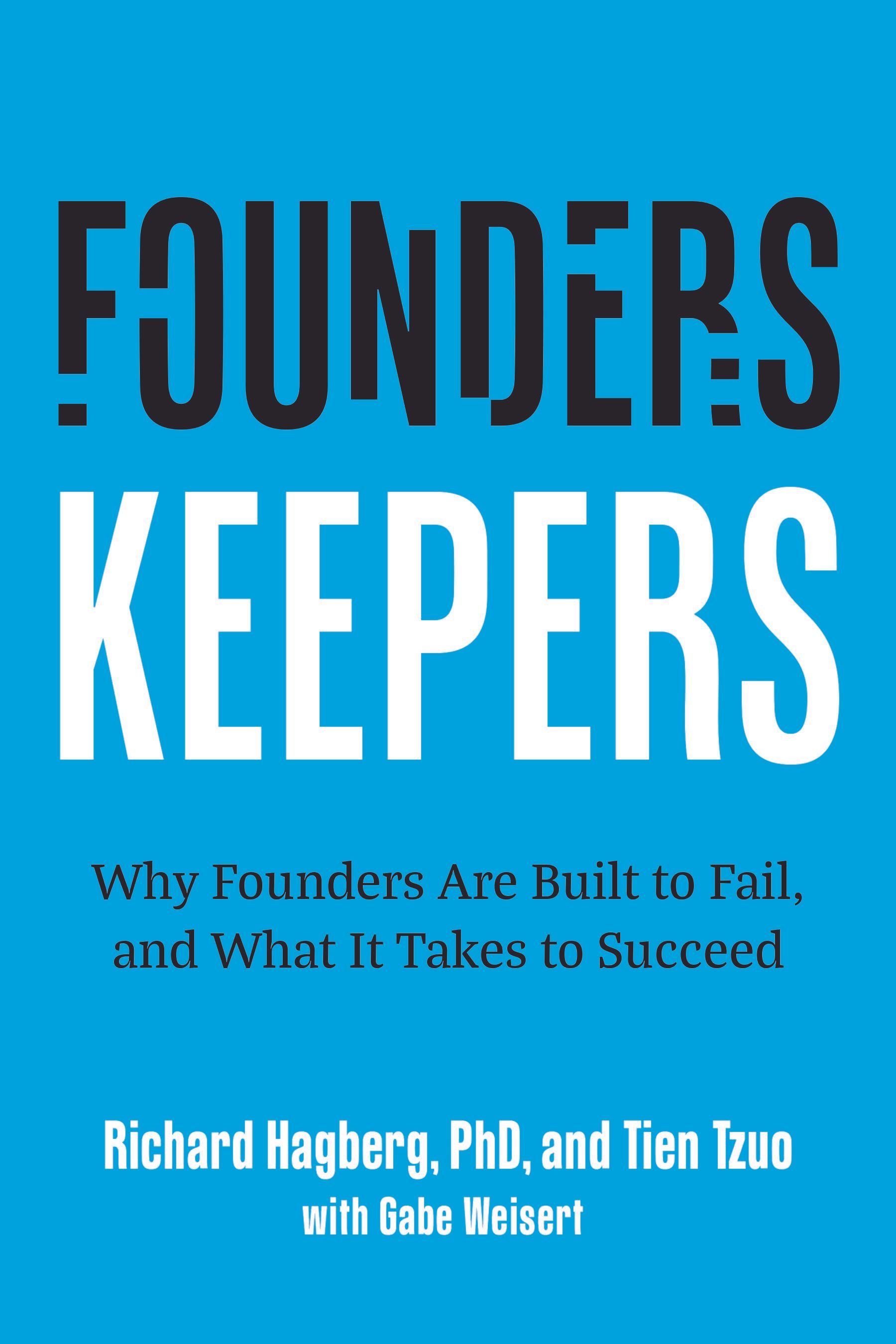Article
From Scrappy to Scalable: The Essential Evolution Every Startup Must Make

Startups are born from scrappy beginnings. Founders and their small teams hustle tirelessly, doing whatever it takes to get their product off the ground. This scrappy mentality is often the key to early success. However, as the startup begins to grow, this informal, improvisational approach must evolve into a structured, scalable model. The journey from scrappy to scalable is critical, and how founders manage this transition can determine the future of their company.
The Scrappy Early Days: Chaos and Creativity
In the early days, startups thrive on chaos and creativity. With limited resources and tight deadlines, founders and their teams become adept at doing more with less. There’s a sense of camaraderie and shared mission that fuels long hours and intense focus. Decisions are made quickly, often on the fly, as the team navigates uncharted waters.
This scrappy approach is vital for rapid iteration and responsiveness. It allows startups to pivot quickly based on feedback and to seize opportunities as they arise. The informal structure fosters innovation, with everyone wearing multiple hats and collaborating closely.
The Scaling Challenge: When Scrappiness Becomes a Liability
However, as the startup begins to scale, the very scrappiness that was an asset in the early days can become a significant liability. With growth comes complexity. The team expands, customer demands increase, and the stakes get higher. What worked with a small, tight-knit group starts to break down under the weight of a larger organization.
The lack of formal processes and systems leads to inefficiencies. Communication becomes more challenging, and important details can slip through the cracks. The founder’s hands-on approach can become a bottleneck, slowing down decision-making and execution. As the company grows, the need for a more structured, disciplined approach becomes apparent.
Building a Scalable Foundation: Key Strategies
To successfully transition from scrappy to scalable, founders need to embrace several key strategies:
- Implement Robust Systems and Processes:
- Establishing clear processes and systems is essential for managing growth. This includes everything from project management and workflow automation to customer relationship management (CRM) systems.
- Standardizing operations helps ensure consistency and efficiency, enabling the company to handle increased volume without sacrificing quality.
- Develop Strong Leadership and Governance:
- Building a strong leadership team is crucial. Founders need to delegate responsibilities and empower other leaders within the organization.
- Implementing a governance structure, including an advisory board or board of directors, provides oversight and strategic guidance.
- Focus on Scalable Infrastructure:
- Investing in scalable technology infrastructure is important for supporting growth. This includes cloud-based solutions that can easily expand as the company grows.
- Ensuring the company’s IT systems and data management practices can scale with increased demand is vital.
- Cultivate a Scalable Culture:
- While maintaining the entrepreneurial spirit is important, founders need to instill a culture that values process and discipline.
- Encouraging continuous improvement and innovation within a structured framework helps balance creativity with scalability.
- Plan for Long-Term Growth:
- Strategic planning becomes increasingly important as the company scales. Founders need to set clear long-term goals and develop a roadmap for achieving them.
- Regularly reviewing and adjusting the strategic plan ensures the company stays on track and can adapt to changing market conditions.
The Path Forward: Balancing Scrappiness with Scalability
The transition from scrappy to scalable is not about abandoning the qualities that made the startup successful in the first place. Instead, it’s about balancing those qualities with the discipline and structure needed for sustainable growth. Founders must learn to let go of some control and trust their team to execute the vision.
This evolution requires a mindset shift. Founders need to recognize that the skills and approaches that worked in the early days may not be sufficient for the challenges ahead. Embracing change and being willing to adapt are crucial for navigating this transition.
From Startup to Sustainable Success
Ultimately, the journey from scrappy to scalable is about building a company that can sustain success over the long term. It’s about creating a foundation that supports growth while preserving the innovative spirit that drives the startup. By implementing the right systems, building a strong leadership team, and fostering a scalable culture, founders can ensure their company not only survives but thrives.
In the end, the most successful startups are those that manage to retain their scrappy, entrepreneurial edge while embracing the structures and processes needed for scalability. They strike a balance between creativity and discipline, innovation and execution. By doing so, they set the stage for sustainable success and create a legacy that endures far beyond the initial burst of startup energy.
share this
Related Articles
Related Articles





